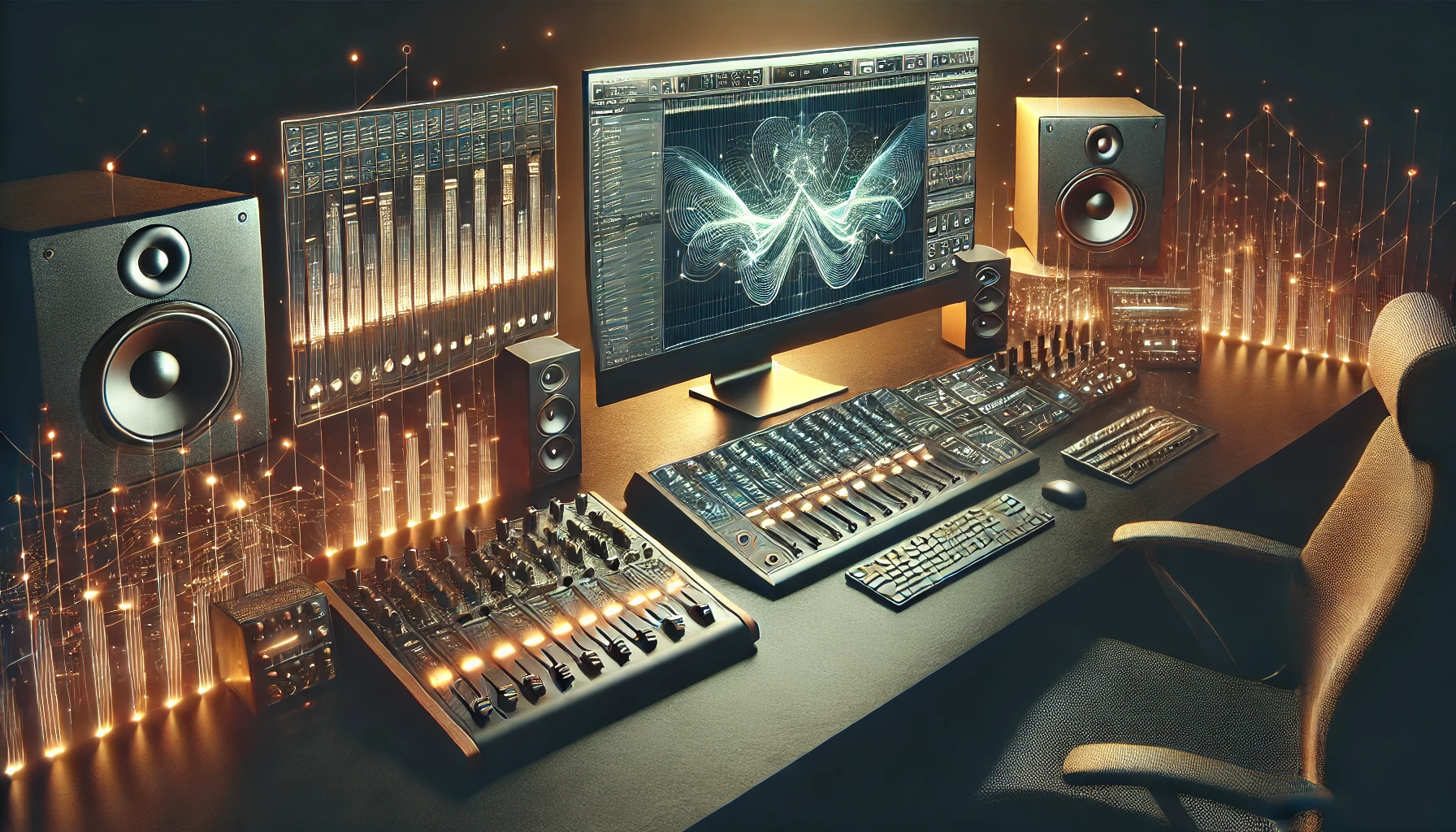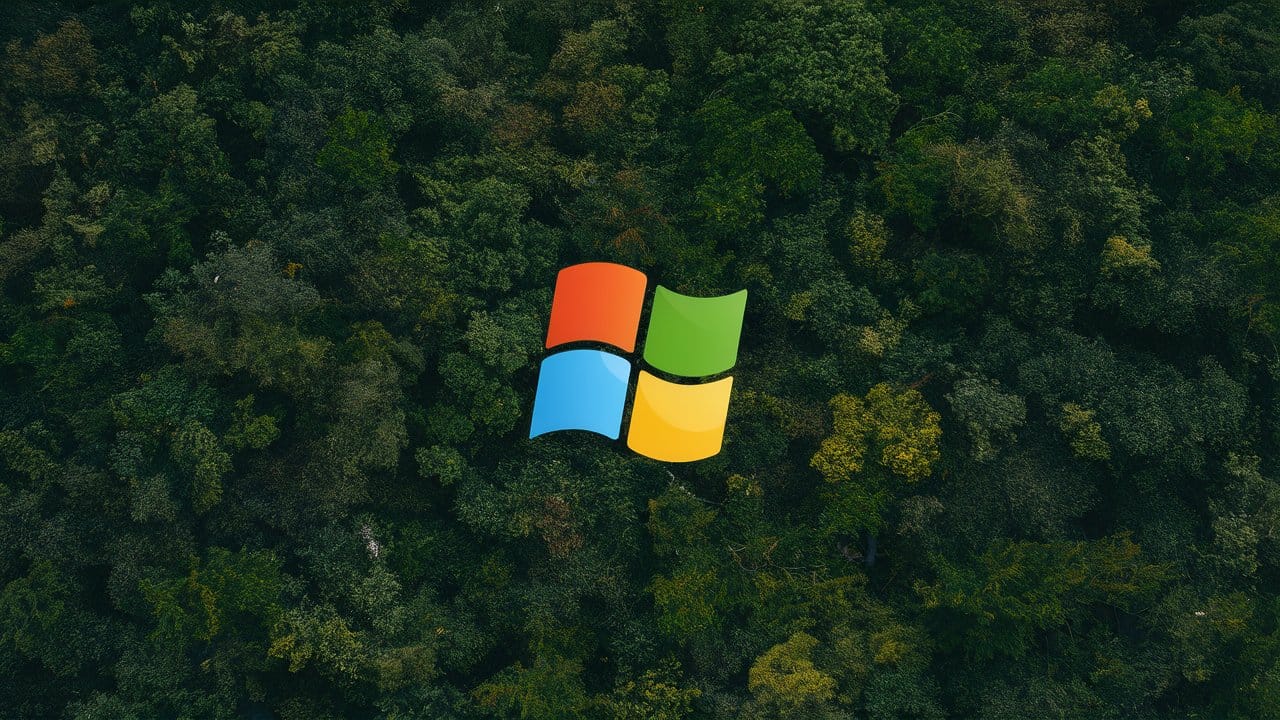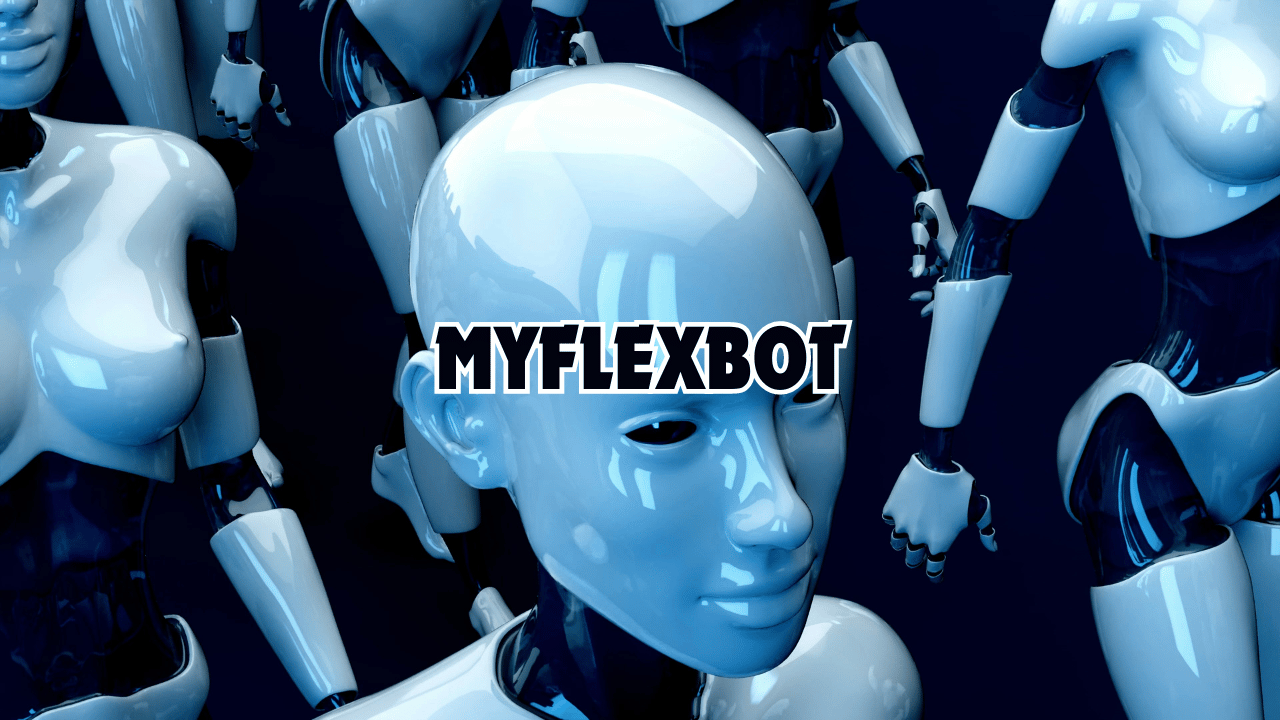Digital Performer (DP) by MOTU is a powerful digital audio workstation (DAW) widely used by professionals for music production, sound design, and film scoring. Like many advanced DAWs, Digital Performer manages a significant amount of data during a project, including audio files, MIDI data, and plugin settings. This data is temporarily stored in what is commonly referred to as a “cache” Cache helps improve the performance and efficiency of the DAW by speeding up the access to frequently used data.
The Role of Cache in Digital Performer
In Digital Performer, the cache plays a crucial role, particularly in large projects where multiple tracks, plugins and complex audio processes are involved. The cache helps reduce the load on your computer’s CPU by storing recently accessed data which the software can quickly retrieve without having to reprocess the information. This can lead to smoother playback, faster rendering and an overall more responsive experience.
However, as projects grow in size, the cache can also become a source of issues if it becomes too large or corrupted. Users may notice slower performance glitches in audio playback or even crashes. This raises the question: Can you change or manage the cache in Digital Performer?
Managing Cache in Digital Performer
As of the latest updates in 2023, Digital Performer does not provide a straightforward, user-friendly option to manually adjust cache settings through the main interface. Unlike some other DAWs, where you might find explicit settings for managing cache size or location, Digital Performer’s approach is more automated, with the software managing cache behind the scenes.
That said, there are a few ways to indirectly influence how cache is handled, which can help resolve issues or optimize performance:
- Clearing Temporary Files: Over time, temporary files and cache data can accumulate, potentially leading to performance issues. While DP doesn’t have a dedicated cache clearing option, regularly cleaning up your project files and unused audio files can help reduce the burden on your system. This can be done manually by navigating to the project folder and removing unnecessary files.
- Project Optimization: DP offers features such as “Free Unused Memory” and “Compact Project,” which help reduce the size of your project file by eliminating unnecessary data. These tools don’t directly clear the cache but can help minimize the data load on your system, potentially improving overall performance.
- System Settings: Since DP relies on your computer’s overall system performance, ensuring that your system settings are optimized can indirectly affect how efficiently DP handles cache. This includes having sufficient RAM, using fast storage drives (like SSDs), and ensuring that your system is not overloaded with background processes.
- Rebuilding Preferences: In cases where the cache might be causing instability or crashes, users have reported that rebuilding DP’s preferences can sometimes help. This process involves deleting the preferences file so that DP can generate a fresh one. While this doesn’t clear the cache per se, it can resolve issues related to corrupted settings that might affect performance.
Also Read: Proven Marketing Strategies for Development Companies in 2024
Common Issues Related to Cache
Users have reported various issues potentially related to cache management in Digital Performer. For example, some have experienced crashes when working with large projects or when bouncing to disk with specific buffer sizes. These issues might be related to how DP handles cache and memory.
In some cases, adjusting the buffer size in your audio interface settings or switching to a different audio engine can help mitigate these issues. However, these solutions are more about managing how DP interacts with your system’s resources rather than directly controlling the cache itself.
The Future of Cache Management in Digital Performer
Given the importance of cache in maintaining optimal performance, it would be beneficial for MOTU to consider introducing more user control over cache settings in future updates. This could include options to clear cache, adjust cache size, or choose where cache files are stored. Such features are becoming more common in other DAWs and could help users better manage their projects, especially as workflows become increasingly complex.
For now, DP users need to rely on a combination of good project management practices and system optimization to handle cache-related issues. Regularly saving your work, keeping your project files organized, and maintaining a clean system can go a long way in ensuring that Digital Performer runs smoothly.
Conclusion
While you cannot directly change or manage the cache in Digital Performer through a dedicated setting, there are various ways to indirectly influence how the software handles cache and memory. By optimizing your project and system settings, you can minimize the risk of cache-related issues and ensure smoother performance. As DP continues to evolve, we can hope for more robust cache management features that give users greater control over their workflows.
By understanding how cache works in Digital Performer and taking steps to optimize your system, you can enjoy a more stable and efficient music production experience.












Leave a Reply